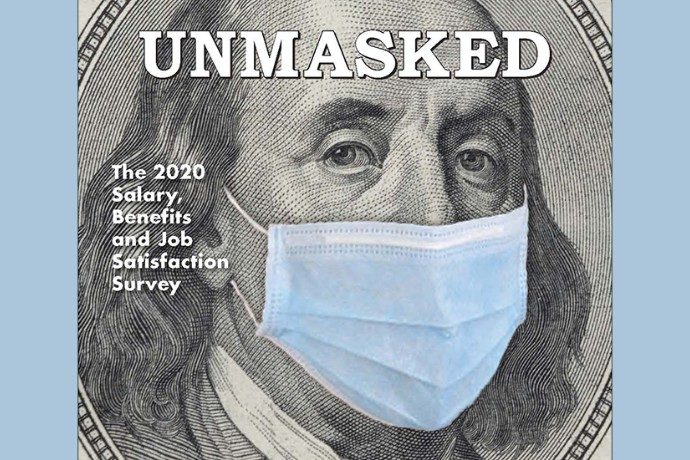This year marks the third time MEAT+POULTRY has published the survey of salaries, benefits and job satisfaction since shifting from an annual frequency to every five years. Back in 2010, in the wake of an economic recession that was, at the time, an unprecedented challenge to all businesses across the United States, the survey reflected some of the fallout specific to the meat and poultry industry. Salaries flattened in many categories while salary and hiring freezes were commonplace, and in some cases layoffs were implemented to offset input costs and volatility in certain markets. But 10 years ago, nobody could have fathomed the crippling impact of the coronavirus (COVID-19) in 2020.
As was the case in years past, the Salary, Benefits and Job Satisfaction Survey for 2020, reflects the most prominent news in the current era, which is obviously the global pandemic, and its irrefutable impact. While COVID-19-related issues were identified as the top challenge and on-the-job source of stress among the 488 survey respondents, their willingness to share details about the impact of the pandemic authenticates the reality of the situation after about six months of dealing with it. More than 975 comments were part of this year’s survey in an attempt to address what part of meat and poultry processors’ businesses had been impacted most by COVID-19 and how the executives’ companies responded to the challenges. Processors were asked to clarify how the pandemic has affected four parts of their businesses, including: employee relations, shifting demand from customers, in-plant modifications and raw material availability. Employee relations challenges included deteriorating morale, communicating and engaging effectively with workers, increased absenteeism, resistance to wearing PPE (including masks), less interaction among employees and coping with fear and anxiety among line workers.
Challenges related to shifts in demand among customers included increasing production days/hours, lack of labor to keep pace with demand, shortage of certain products that have tested customers’ patience, focusing on quantity first and quality later and adjusting to virtual customer meetings.
Challenges to in-plant modifications mentioned in the survey included the cost to implement worker safety interventions (including plastic shields for social distancing), spreading out workers and its impact on line speeds and more demand for automating processes to replace labor.
The impact on processors’ access to supplies included shortages of cleaning supplies, refrigerant (CO2), butcher paper, gloves, hairnets and soap, according to the survey. Raw material supplies and pricing were uncertain in the first few months of the pandemic, based on respondents’ narratives, but most reported the supply of livestock and meat has kept up with demand in the past two months.
Besides affirming the evolving business impact of COVID-19 and spotlighting some of the coping strategies, the latest survey also provides a snapshot of today’s industry. In short, executives participating in the survey at the upper and middle management levels are not transient in their careers, with an average tenure of 23 years working in the industry and 15 years with their current company. The biggest proportion of respondents (34%) were 55 to 64 years old. And while women in executive-level positions are on the rise in many industries, top-level, C-suite roles are still male dominated among large companies (95%) and small companies (92%) in the survey.
The complete survey and more details about the participants and all of their telling comments are available on request. This well-timed research serves as a time capsule during an era that will not be forgotten.


